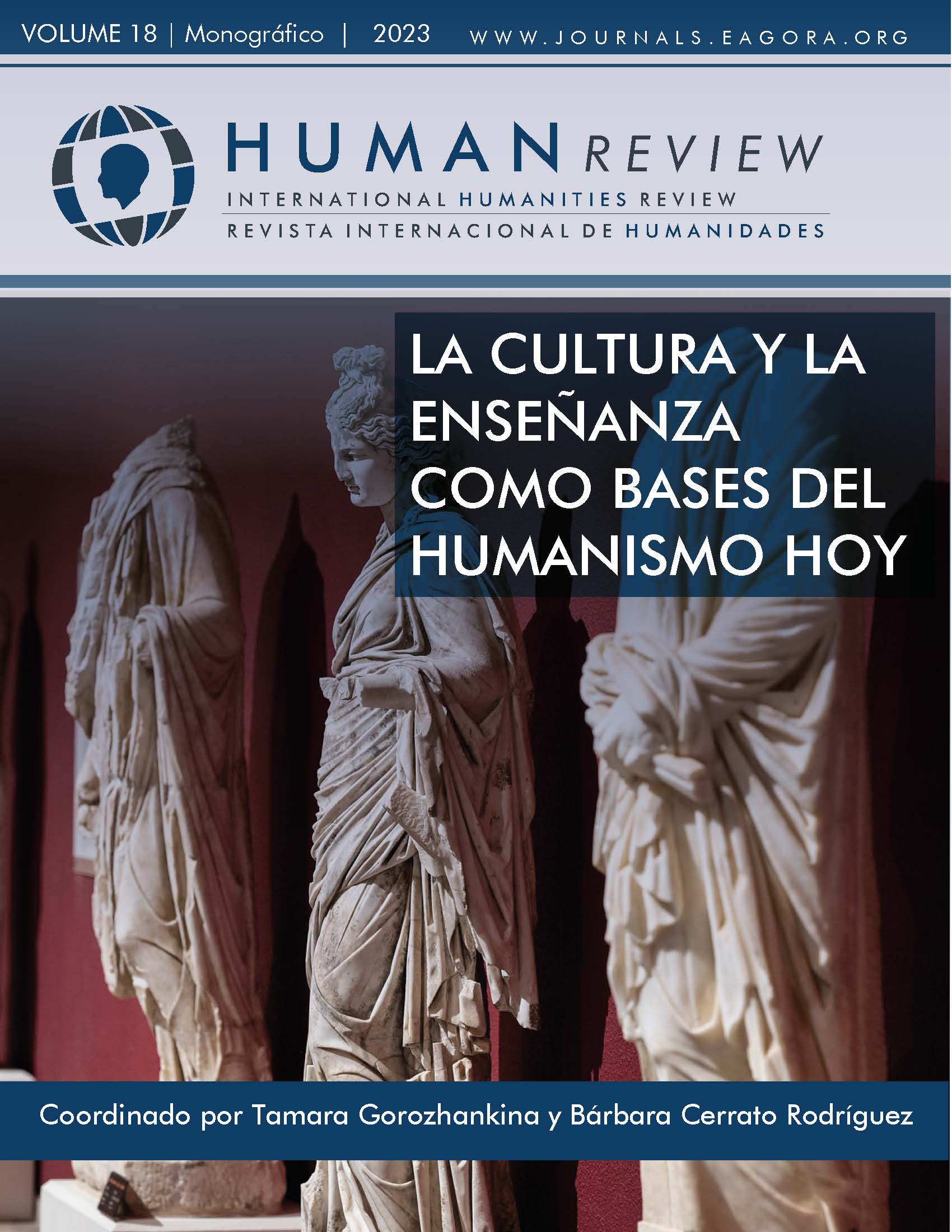YouTube as informal music learning resource for teenage users. Systematic review
DOI:
https://doi.org/10.37467/revhuman.v18.4886Keywords:
YouTube, Music Education, Informal learning, Social media, TeenagerAbstract
This article aims to carry out a systematic review of the scientific literature to shed light on the state of the art of YouTube as an informal music learning resource for teenage users. Nowadays, young people, digital natives and fluent users of social media and audio and video online platforms, constantly turn to YouTube as a ludic resource for their learning. However, having followed the parameters of a PRISMA systematic review, our study proves that there is a reduced amount of specific literature dealing with this particular topic.
References
Álvarez Ramos, E., Heredia, H. & Romero, M. (2019). La generación Z y las Redes Sociales. Una visión desde los adolescentes en España. Revista Espacios, 40, 1-13. http://hdl.handle.net/10498/21358
Arias, W.L. & Oblitas, A. (2014). Aprendizaje por descubrimiento vs. Aprendizaje significativo: Un experimento en el curso de historia de la psicología. Boletín Academia Paulista de Psicología. 34, 455-471.
Colás-Bravo, P., & Quintero-Rodríguez, I. (2022). YouTube como herramienta para el aprendizaje informal. Profesional De La información, 31(3), 1-11. https://doi.org/10.3145/epi.2022.may.15
Marone, V. & Rodriguez, R. C. (2019). What’s So Awesome with YouTube: Learning Music with Social Media Celebrities. Online Journal of Communication and Media Technologies, 9(4), e201928. https://doi.org/10.29333/ojcmt/5955
Martín, D. & Medina, M. (2021). Redes sociales y adicción al like de la generación z. Revista de Comunicación y Salud, 11, 55-76. https://doi.org/10.35669/rcys.2021.11.e281
Masanet, M. J., Guerrero-Pico, M. Y Establés, M. J. (2019). From digital native to digital apprentice. A case study of the transmedia skills and informal learning strategies of adolescents in Spain. Learning, media and technology, 44(4), 400-413. https://doi.org/10.1080/17439884.2019.1641513
Montoya, J.C. (2021). ¡Música, Youtuber! La incidencia de Jaime Altozano en las aulas de educación musical. Revista Electrónica de LEEME, 47, 63-79. https://doi.org/10.7203/LEEME.47.19379
Pattier, D. (2021). Educating in Art and Culture through YouTube: the impact of edutubers. Komunikacija i kultura online, 12(12), 167-181. https://doi.org/10.18485/kkonline.2021.12.12.10
Pérez, L. Sánchez, S. & Fernández, M.J. (2020). ¿Youtubers docentes? Youtube como apoyo educativo. En E. Colomo, E. Sánchez, J. Ruiz & J. Sánchez (Eds.) La tecnología como eje del cambio metodológico (pp. 1471 -1476). Umaeditorial.
Ponce, L. (2021) Youtube y educación musical: percepciones de usuarios del canal complementario a los libros de texto música y ¡acción! En O. Buzón-García & M.C. Romero (Eds.) Metodologías activas con TIC en la educación del siglo XXI (pp. 839-861). UAM.
Prensky, M. (2001). Digital natives, Digital Immigrants. On the Horizon. MCB University Press, 9 (5) 1-6.
Stowell, D., & Dixon, S. (2014). Integration of informal music technologies in secondary school music lessons. British Journal of Music Education, 31(1), 19-39. https://doi.org/10.1017/S026505171300020X
Downloads
Published
How to Cite
Issue
Section
License
Those authors who publish in this journal accept the following terms:
- Authors will keep the moral right of the work and they will transfer the commercial rights.
- After 1 year from publication, the work shall thereafter be open access online on our website, but will retain copyright.
- In the event that the authors wish to assign an Creative Commons (CC) license, they may request it by writing to publishing@eagora.org









